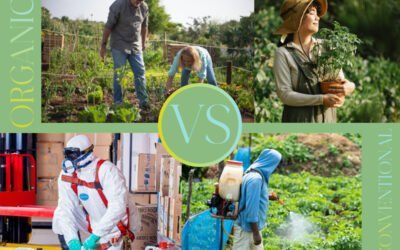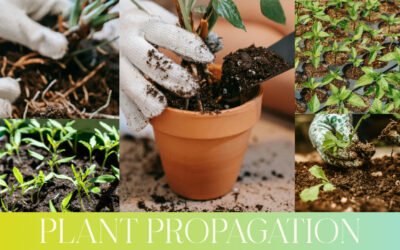If you are wondering how to start a garden, there are two primary questions you need to ask yourself:
- What space do I have?
- What plants do I want to grow?
When you assess the space you have, it’s crucial to consider not just its size but also its quality. This is a key factor that will directly impact the success of your garden, and it’s influenced by several other factors:
- Amount of sunshine. Most vegetables and flowers need at least 6 hours of direct sunlight daily.
- Amount of precipitations and (or) proximity (availability) of sources of water that you can use for irrigation. It is better to place a garden where you can supply it with additional water if needed, especially if you live in an arid climate. Several techniques can help you harvest available rain and preserve moisture in the soil. For instance, you can install a rain barrel to collect rainwater for later use. Mulching or using plastic row covers can also help retain moisture in the soil. However, it would help if you considered this before planting your plants into the ground.
- Soil fertility. Soil fertility is a significant factor that determines what you can grow. Most vegetables and fruits require fertile soil. If your soil needs enhancement, you can add, for example, compost or well-rotted manure. There are many other ways to boost your soil fertility, but this is something you also need to take into account before you begin planting.
- Soil drainage. Most plants require good drainage, but there are a few exceptions. However, planting most plants in waterlogged soil will result in root rot, so plants simply won’t survive. Poorly draining soil refers to soil that retains water for long periods, preventing the roots from getting the oxygen they need. If you have poorly draining soil, you must find a solution or plant only plants adapted to those conditions.
- Pest pressure. People often overlook this factor, but if you have many animals around you, they can eat everything you’ve planted in a matter of hours. Common garden pests include rabbits, deer, and groundhogs. Therefore, building a fence may be anessential requirement to protect your plants. When you know what you want to grow, you also need to learn the specific requirements for your plants:
- the amount of sunshine needed
- required soil fertility
- required soil drainage
- cold hardiness/heat tolerance
After you’ve done all the preparations and learned about the plants you want to grow, you can start preparing the soil and planting. However, drawing a plan for your future plantings is also advisable. Here are some other things to keep in mind:
-Are you going to grow fruit, vegetables, flowers or a combination of all of the above?
-Are you going to grow vegetables in rows or raised beds?
-How large are you going to make your rows or beds?
-How wide should your pathways be?
-What spacing is required for the plants that you are going to grow?
-How many plants of each type (variety) do you need or want to plant?
If you are feeling overwhelmed, remember that every step you take towards starting a garden is a step towards a rewarding journey. Don’t worry about the challenges; just focus on what you can do and learn as you grow. The most important thing is to start a garden. As you move forward, you’ll learn and grow along the way, gaining the skills and knowledge necessary to tackle necessary gardening tasks. Remember, progress is progress, no matter how small the steps may seem. So, take a deep breath, believe in yourself, and take that first step that is needed to start a garden.
You can also read our post on how to choose a Best Location for Your Vegetable Garden.

